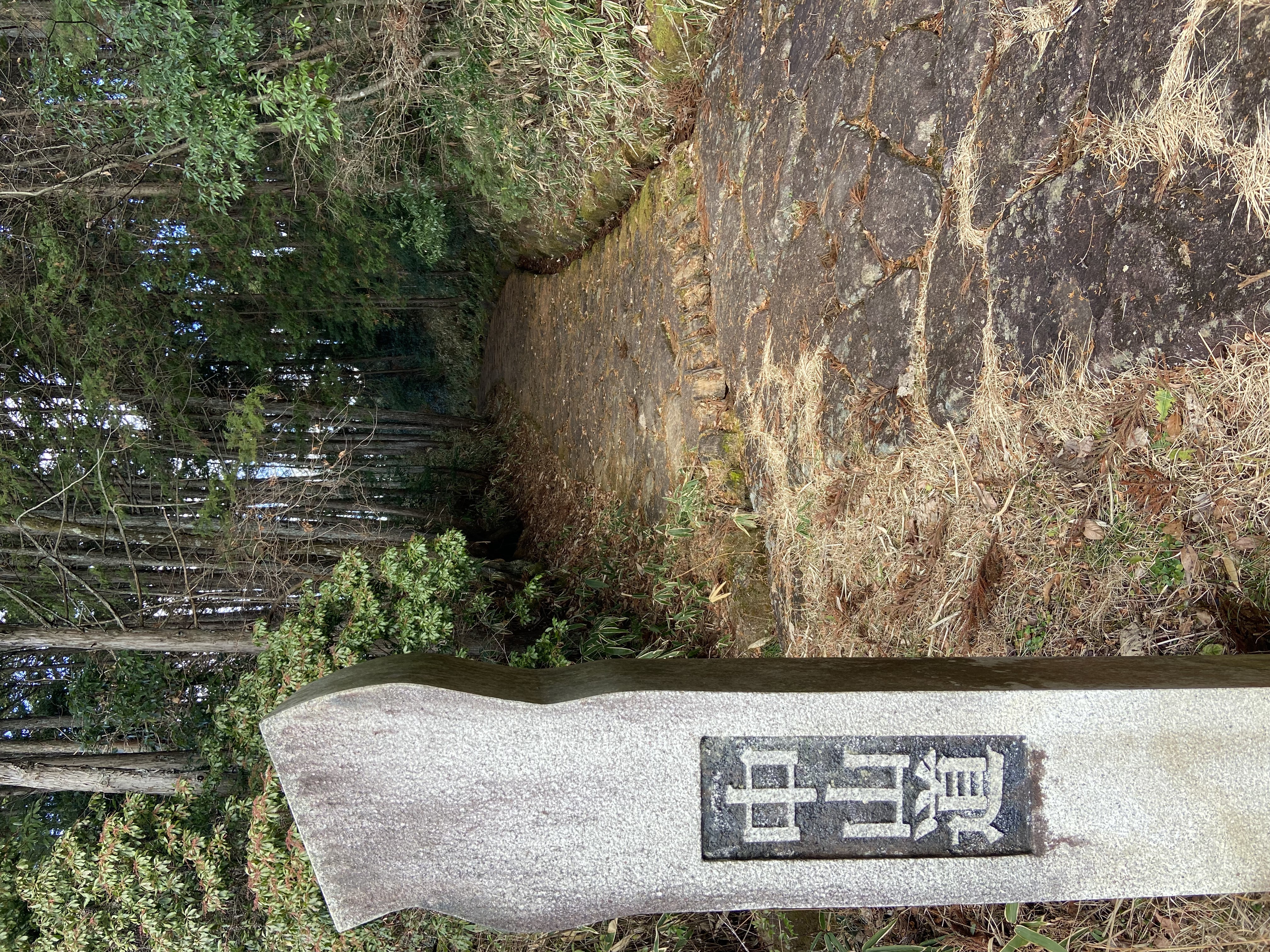This article originally appeared in the March 2023 issue of CONNECT.
Get lost in time on this historic trade route through the mountains
Monica Hand (Ehime)
Photos by Michael Dale
As the last bus putters off before 6 p.m., Nakasendo’s post town of Magome closes up early. Shop owners sell the last of the day’s fresh goods to those staying the night, fold up their signs or menus, and take down their noren curtains. Then the sun, too, begins to finish for the day, hitting the stone streets, wooden watermill, and weary travelers with a lazy golden glint.
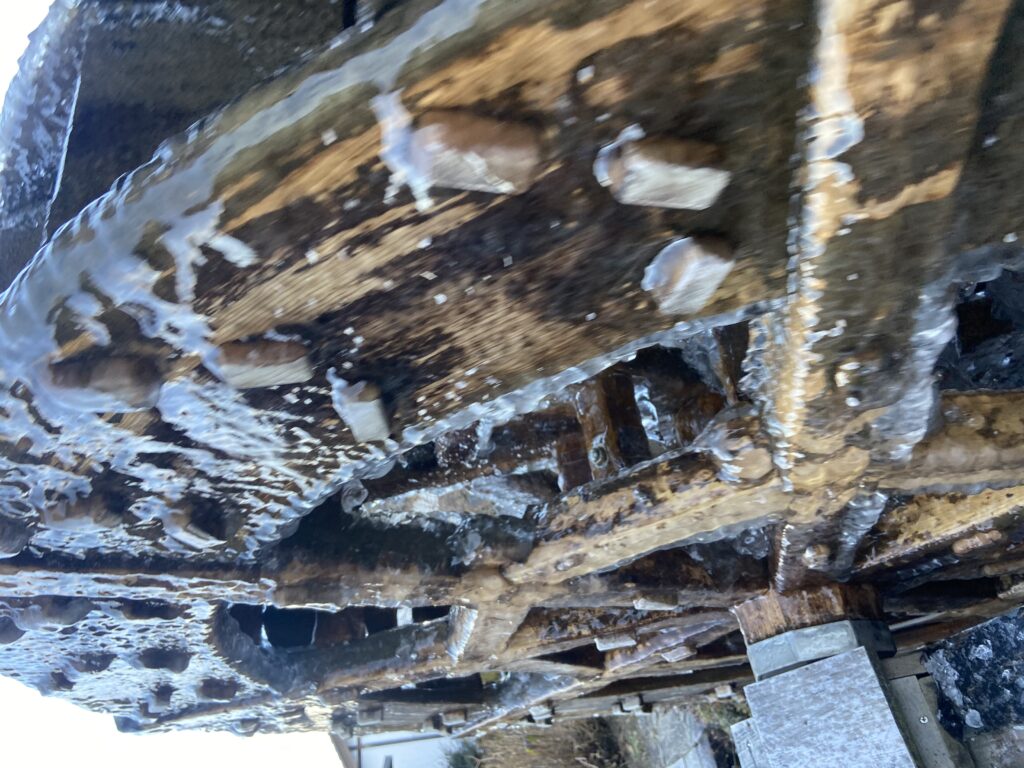
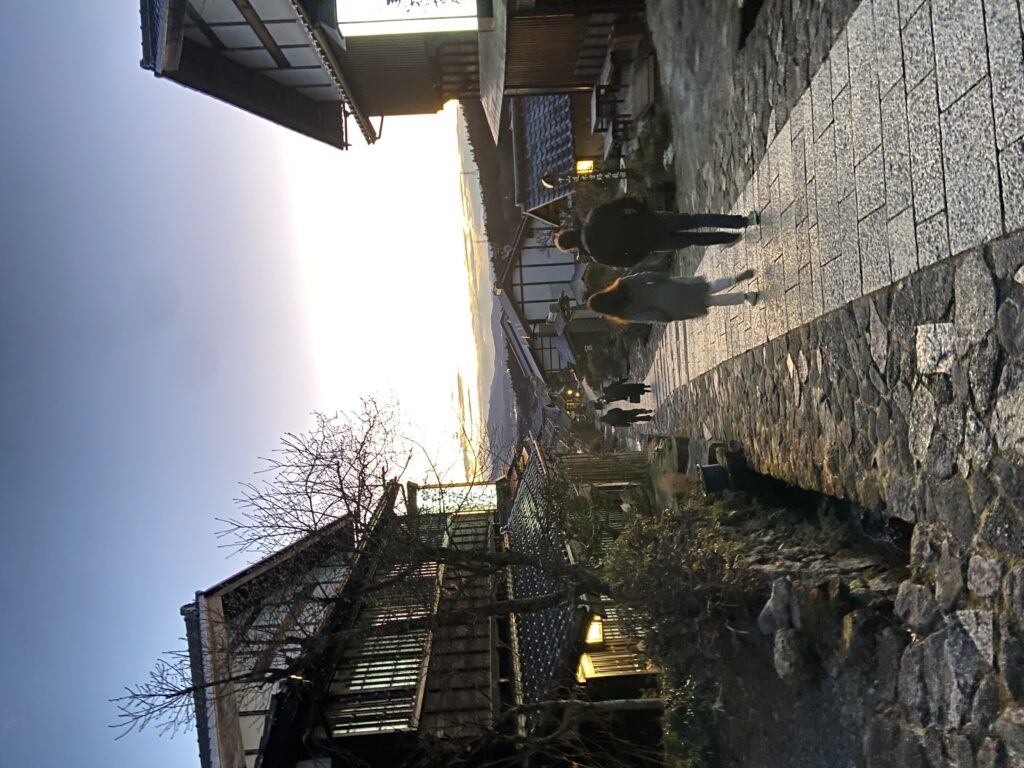
Watching that simple, wonted scene after a long day of exploring the preserved trade road, it’s impossible not to feel the history that fills the mountain-chilled air.
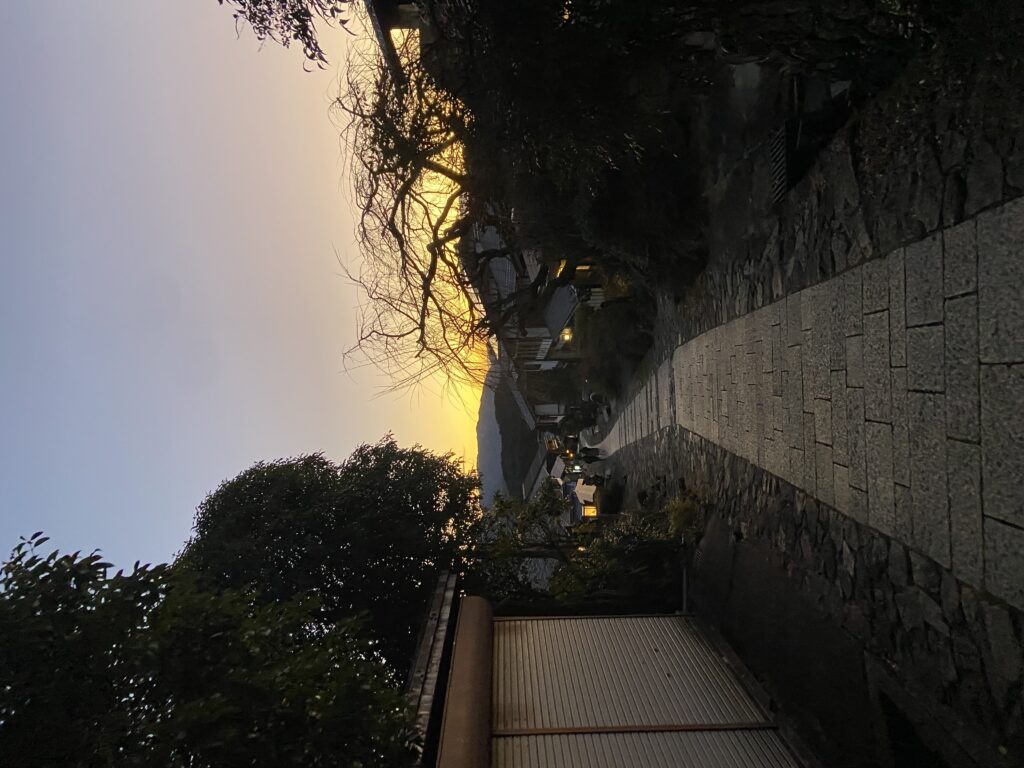
A Brief Nakasendo History
The Nakasendo (中山道) was once one of the five major highways of Japan. Spanning 540 kilometers through the Japanese Alps, the highway connected Kyoto and Tokyo during the Edo period. Dotted with 69 juku, or post towns for travelers to rest in, this highway was a direct line of communication and business; It was a vital link for rulers and traders alike as it snaked through seven modern-day prefectures.
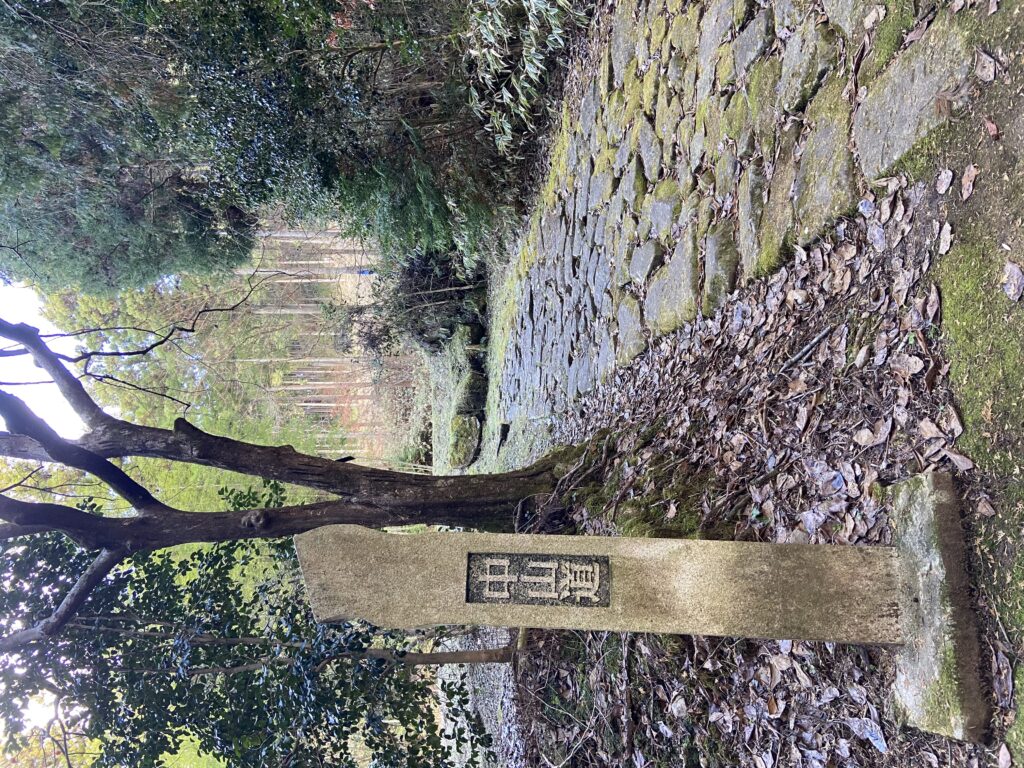
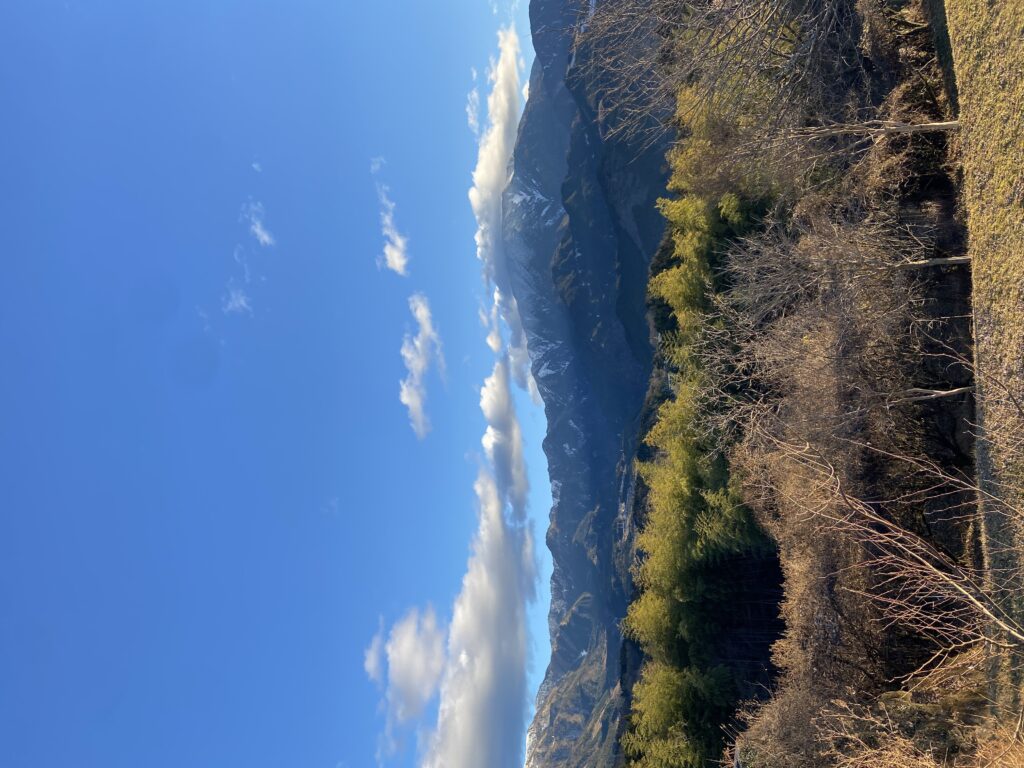
The highway itself was utilized until the end of the Edo period in 1867. As much of Japan forgot about the route, building up and around it for decades after, the historical preservation efforts started with the local people. In 1968, the people of Tsumago, the 42nd juku along the trail, began restoring the old Edo-period buildings. After years of work, the town, and several others, were declared National Historic Sites of Japan in 1976.
Thanks to this and the continued, prioritized restoration efforts, people from all over find themselves bathed in history along the route. Now, people go to the Nakasendo to see for themselves the way of an Edo-period traveler, and they stay for the authentic architecture and surrounding natural beauty.
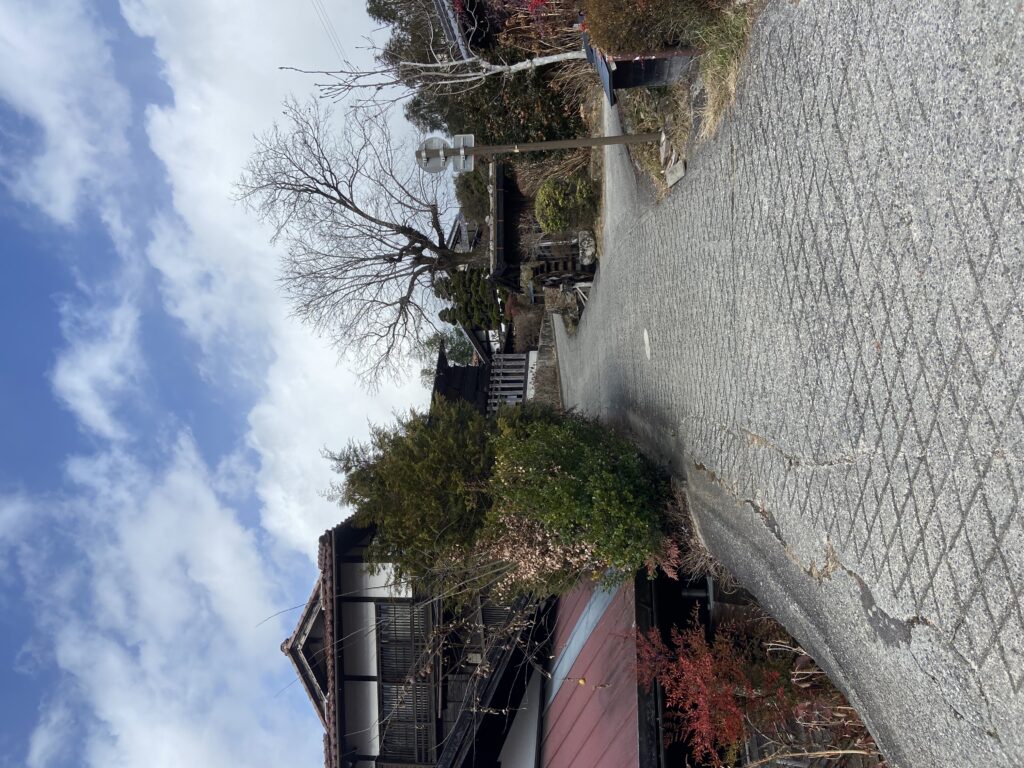
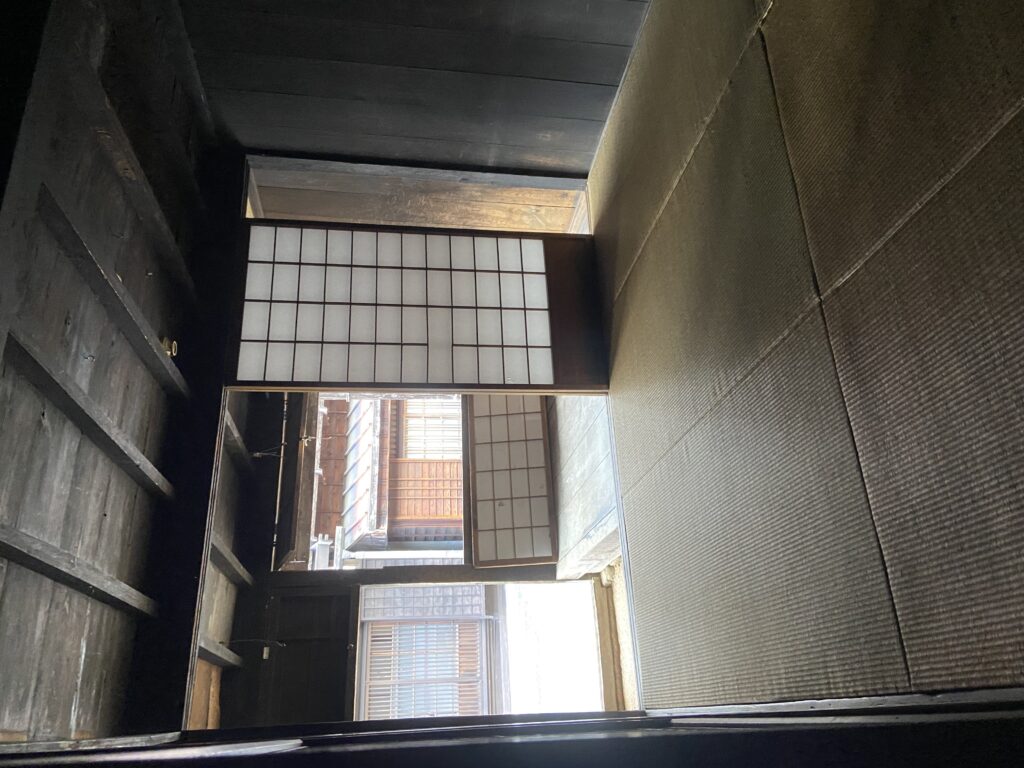

The most popular leg of the trail is the Magome to Tsumago pass. The trail between the two is all still accessible by foot and dives into the dramatic scenery of the Kiso Valley. This article will focus on this leg of the trail, but with an added start in Ochiai, the 40th juku of the Nakasendo.
Whether you’re interested in walking the whole route, just a portion, or even just taking a bus from town to town, there is a lot to explore and gain from a visit to the Nakasendo.
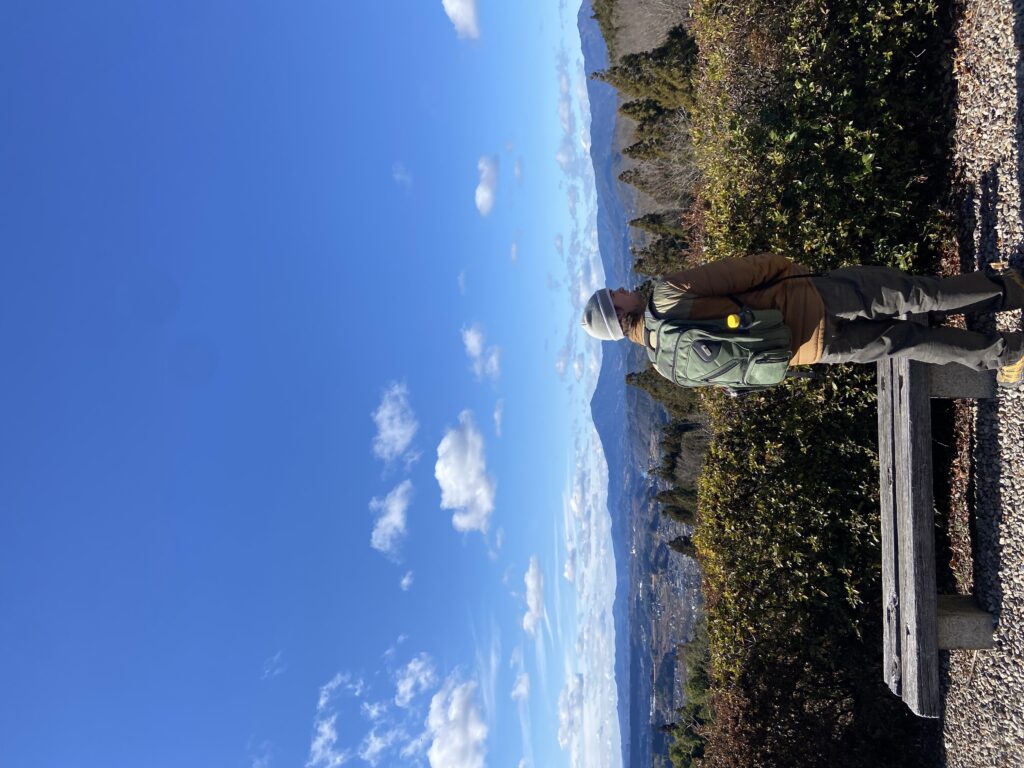
The Towns
Ochiai
Ochiai is very modern. It is not part of the famous segment, but it’s a nice starting point due to the proximity to a station and access to various modern-day comforts. While there are some interesting spots to check out, I spent the least amount of time here. It is a great place to get convenience store goods for the journey ahead as there are little to no general markets once you begin the journey up. There are also places you can experience Japanese crafts and meditation if you book in advance. However, if pressed for time, you can easily bypass this leg of the route and go straight to Magome by bus or car.
Magome
Magome has the best views of the surrounding areas as it is located on a mountain side. While you will get a workout just walking up through this town, it ensures a breathtaking sunset. You’ll find plenty of scenic panoramas in cafes and restaurants as you make your way up the stone-paved path for the scenic and historic points as well.
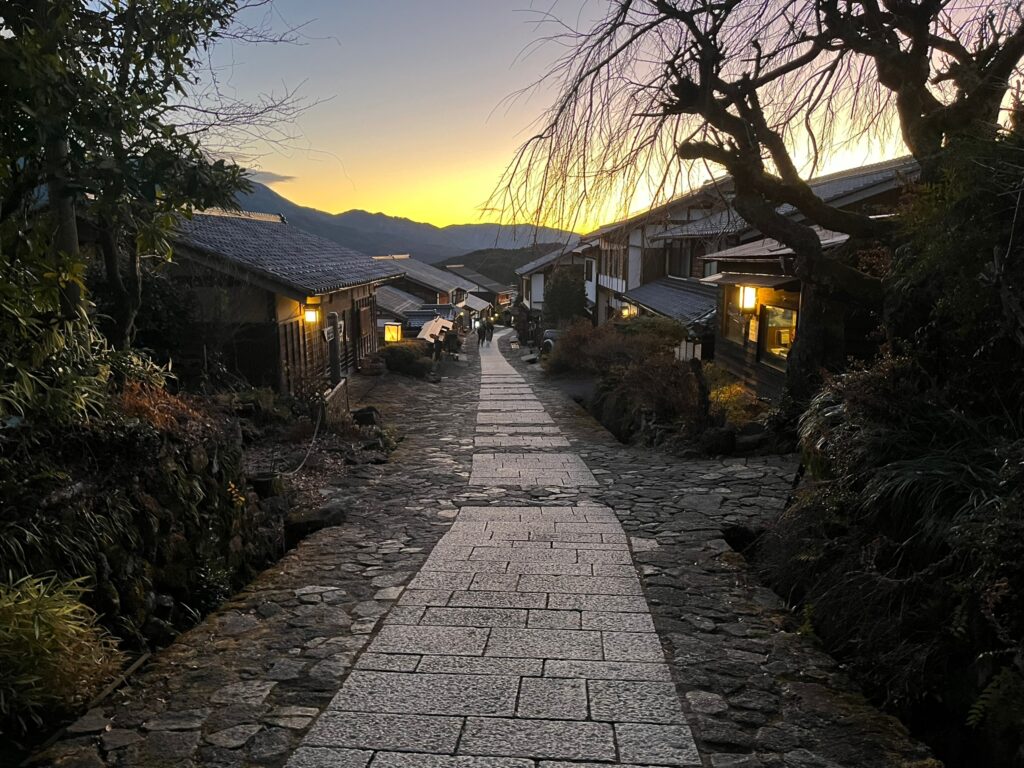
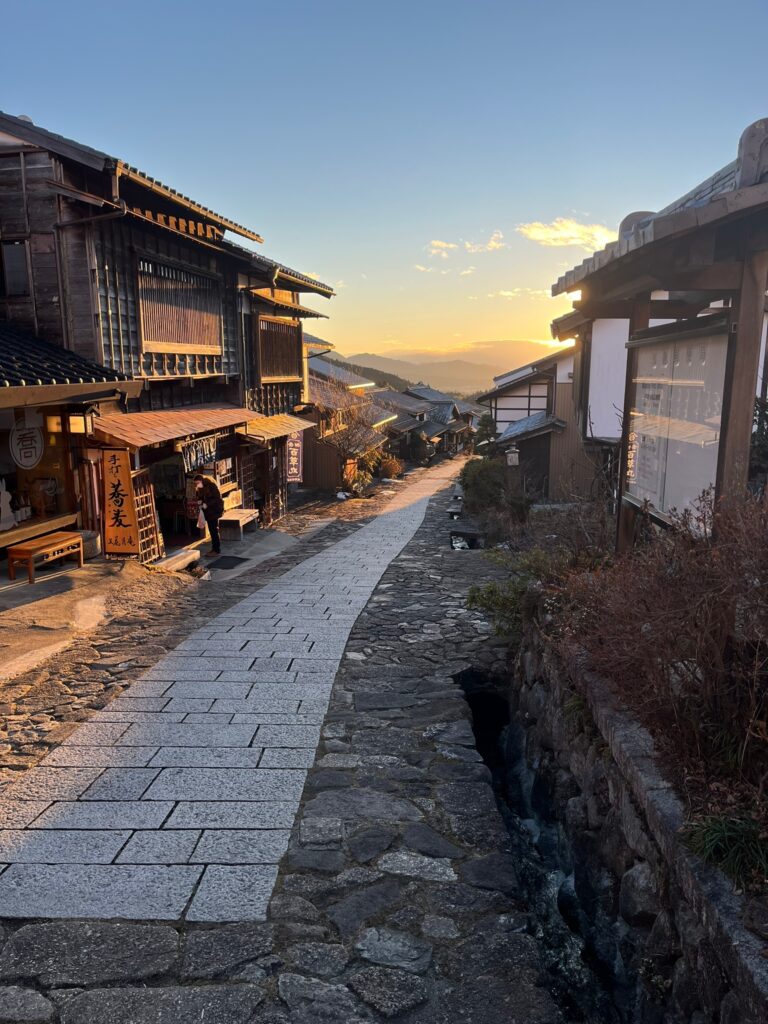
Tsumago
Tsumago is the most historic of the towns, offering rows of old ryokans, buildings, and stables that you can tour or peek into as you wander about. Hidden away in the unassuming streets are neat shops of souvenirs and locally-made goods. The flatter incline allows for a more lackadaisical stroll. The preservation is most noticeable here, with no cars, telephone poles, or electrical wires strung about.
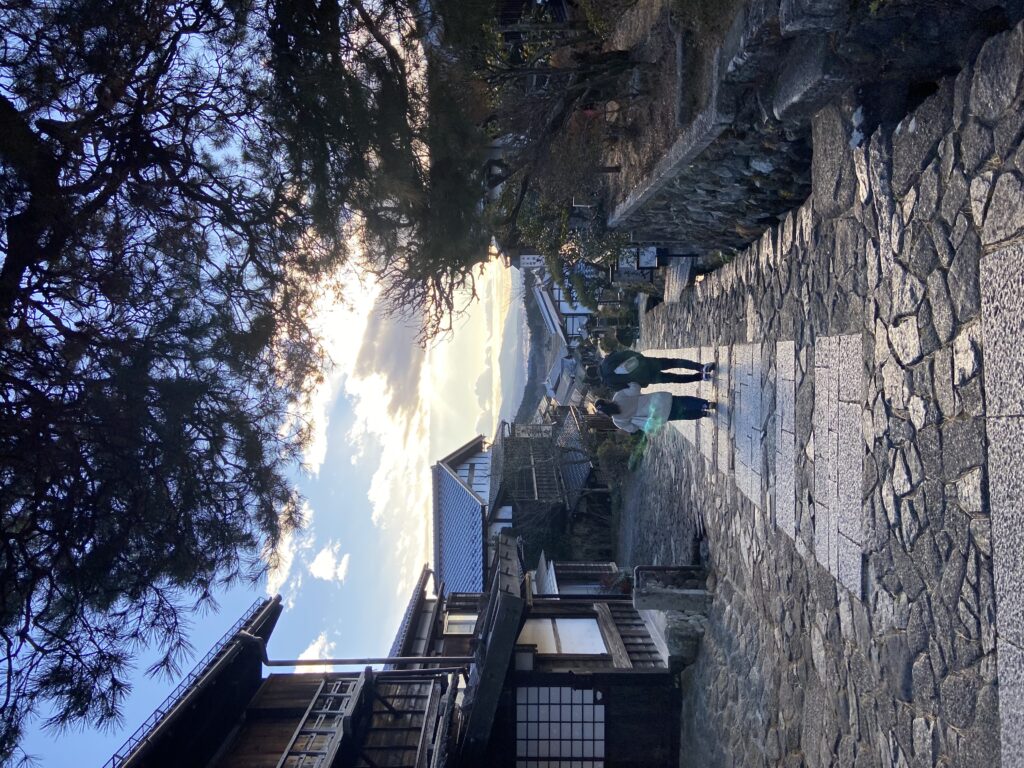

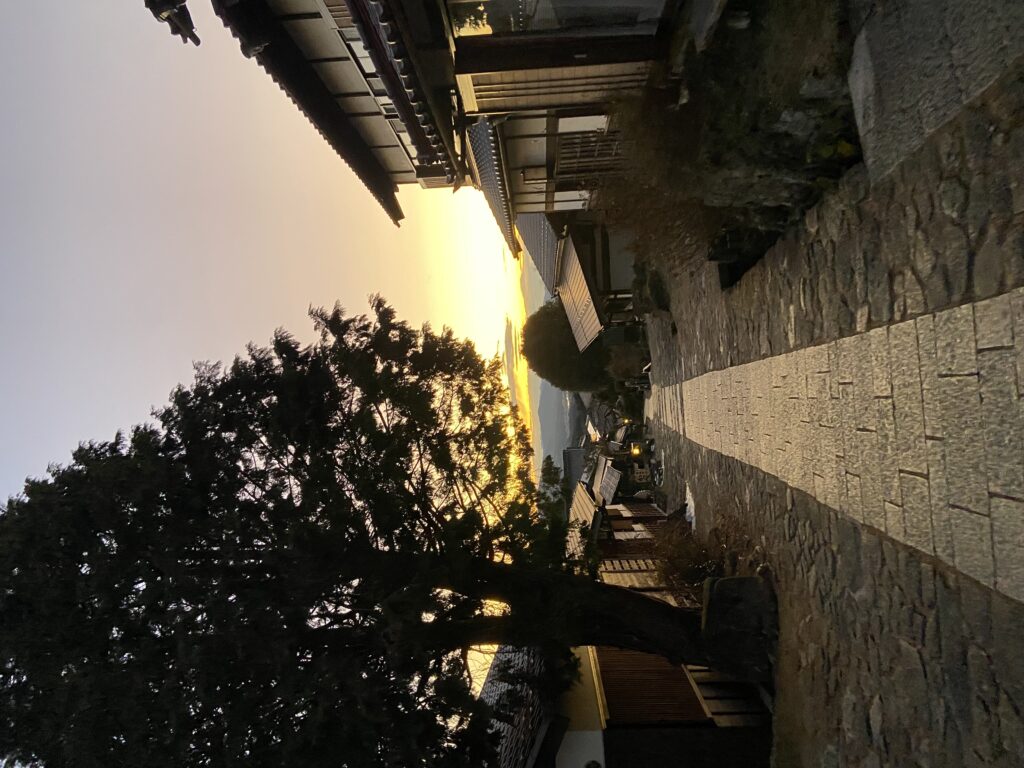
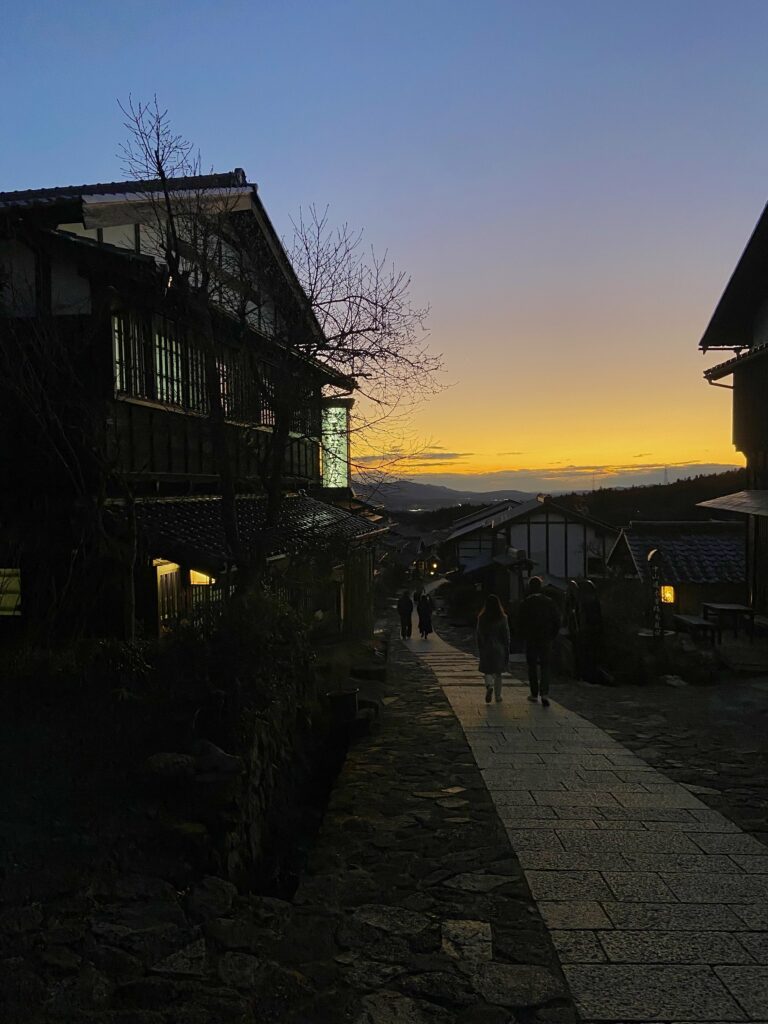
The Trails
Ochiai to Magome
Starting from Ochiaki, the trail is very uphill. While the distance is shorter compared to Magome to Tsumago, your legs will be talking to you rather quickly. Luckily, the higher you go, the more beautiful the view behind you. So go ahead and take a breather, but be sure to turn around and enjoy.
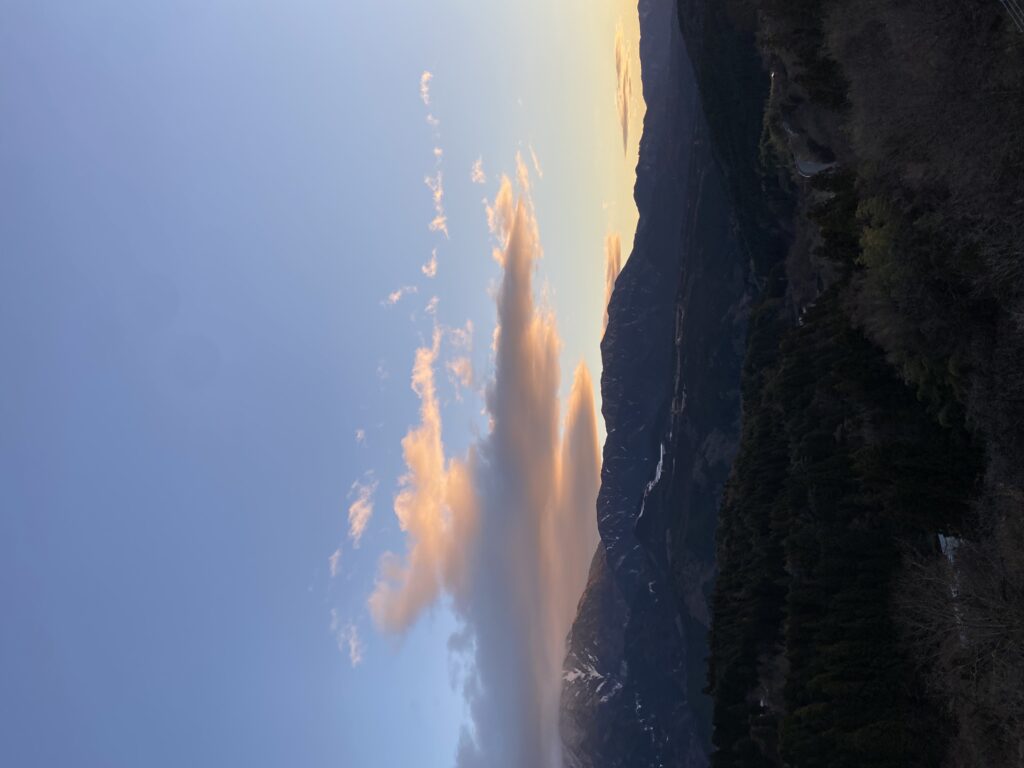
The highlight of this trail segment for me was the Ochiai Cobblestone Path. It is an enchanting moss-covered stone path through a bamboo and cedar forest that takes up a good majority of the journey.

Another place of note is the Ochiai Sunset Lookout Point which is great for taking a short break along the way. The path for this segment is all paved or stone and is easily traveled.
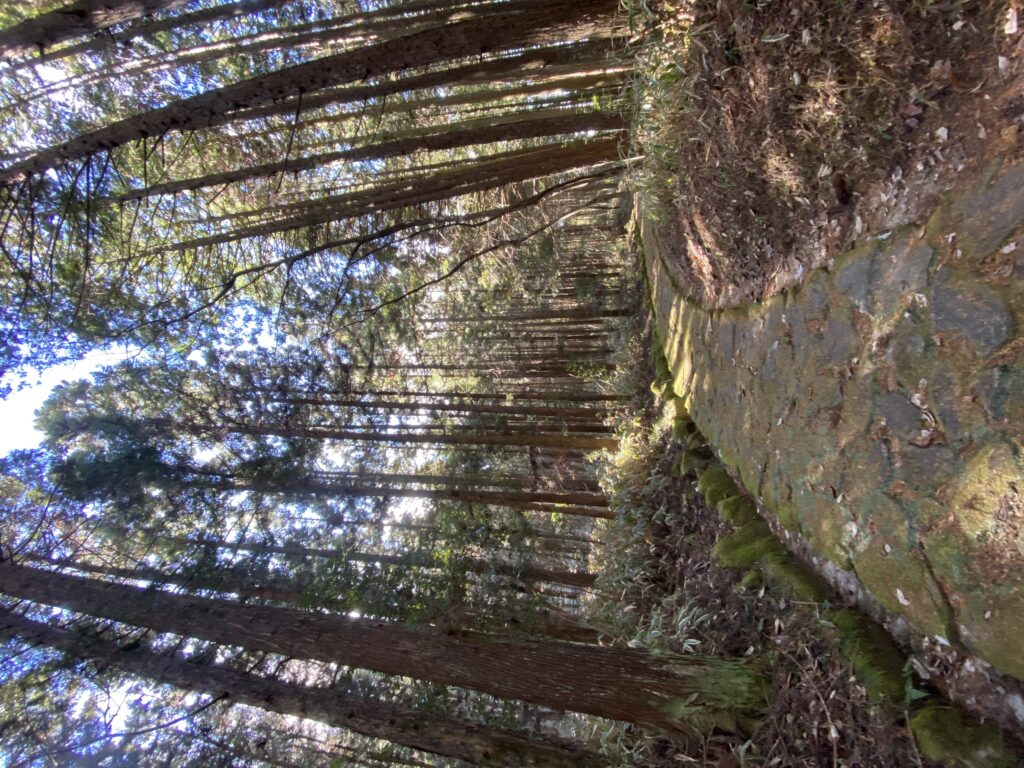
Magome to Tsumago
The trail from Magome to Tsumago was my favorite. With the ice and snow, it took us about four hours to trek through, but from spring to fall the trail can likely be done much faster. Again, the trails are well marked and navigable through a beautiful natural forest and small villages.
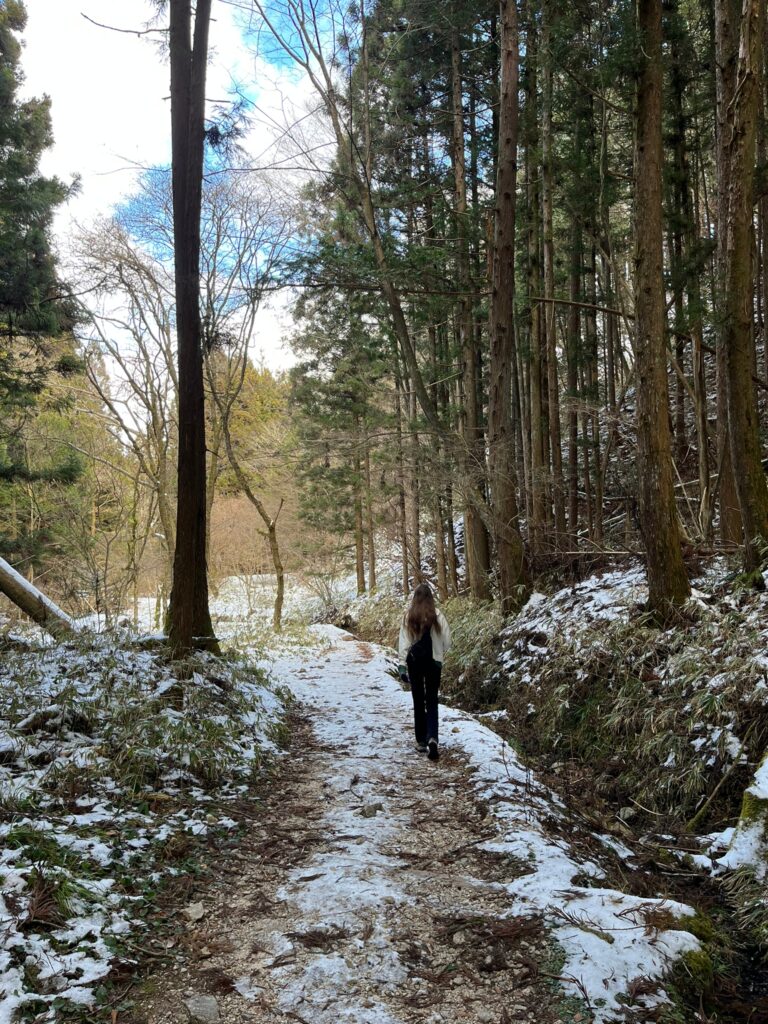
Along the way, there is a small garden run by a local resident open to the public. There is also Tateba Tea House, a free tea house where you can stop to rest and chat with local volunteers as you sip some free green tea. The old house is beautiful and everyone is very welcoming. It is well worth the stop. Be sure to leave a small donation so trekkers after you can enjoy it as well.

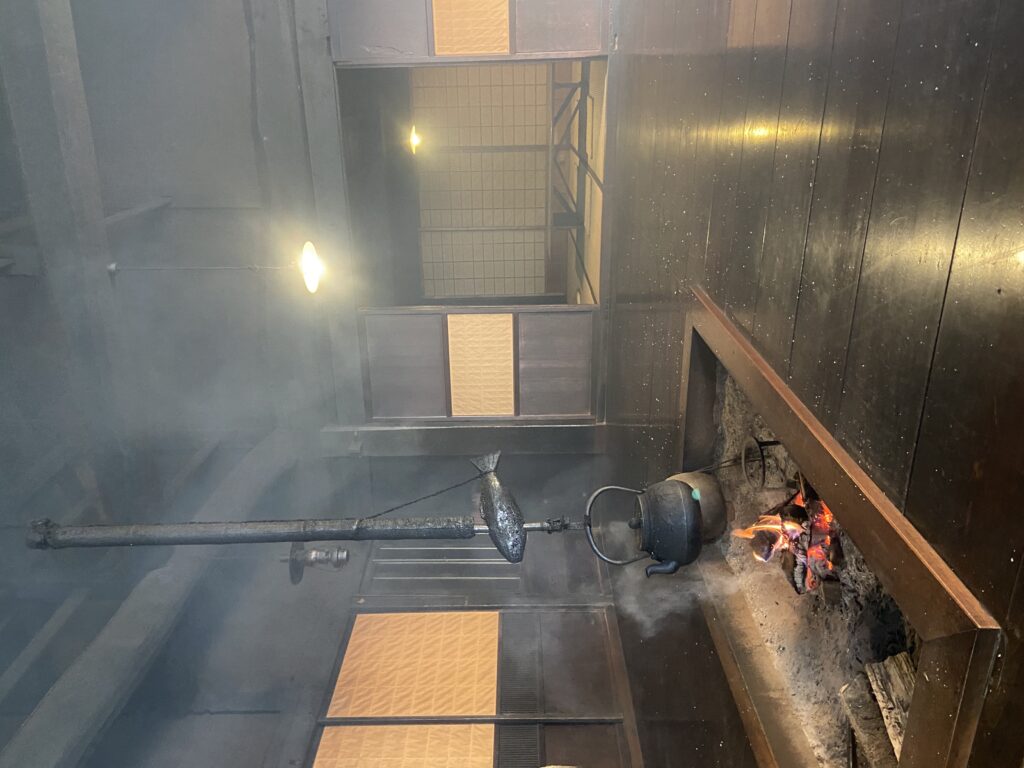
This segment also has some beautiful waterfalls (the Otaki and Metaki waterfalls) and mountainous shrines along the way. But overall, just the cedar and pine trees and natural forests are beautiful and make the journey worth it. The fall and cherry blossom seasons are when the trail is the most popular as people flock to see the leaves change and the many weeping willow sakura blossoms.

Nakasendo Specialties
If you’re a foodie or fiend for local crafts, you won’t be disappointed in the offerings of these historic little post towns.
Bashimi – This raw horse dish is a delicacy of the region. If you are feeling curious (and brave), you can find it at many ryokan restaurants in Tsumago and Magome.
Oyaki – These warm buns are a great snack along the way. Filled with a variety of pastes and mixes (kabocha, pork, sweet bean, etc.) the local sellers are kind and helpful to choose your favorite.
Gohei – Maybe my favorite, these are freshly grilled mashed and miso-marinated rice balls on a stick. The crunchy, chunky texture and savory sweet taste is so satisfying after a long day exploring. Goes great paired with skewered meats or a cold beer.
Mushrooms – Gifu Prefecture itself is known for having over a hundred edible mushroom species so the mushrooms here are amazing. All grown or found locally, I highly recommend getting any kind of mushroom dish while in the area.
Soba – Soba is a specialty of the region, too. You can find great little soba restaurants everywhere along the trail offering both winter and summer styled soba. A delish meal to power you through to the next town.
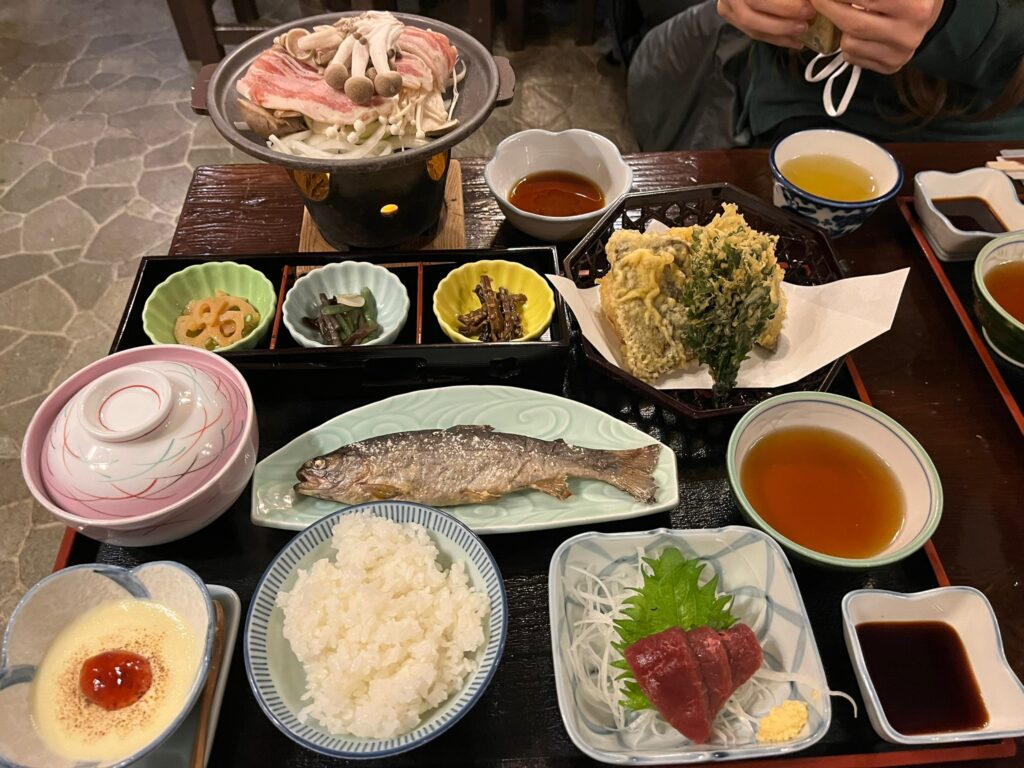
Hinoki goods – Many shops are devoted to goods made from the local hinoki (Japanese cypress) trees. This wood is especially popular for cooking items like ohitsu and cutting boards as the soft wood allows for ideal moisture retention and doesn’t dull other utensils. Not to mention the elegant look of the lacquered wood for decorative items.
Bamboo goods – You will find as many beautiful bamboo handicrafts in shops as the groves throughout the Nakasendo. Popular bamboo souvenirs are mini, handmade pinwheels and horses.
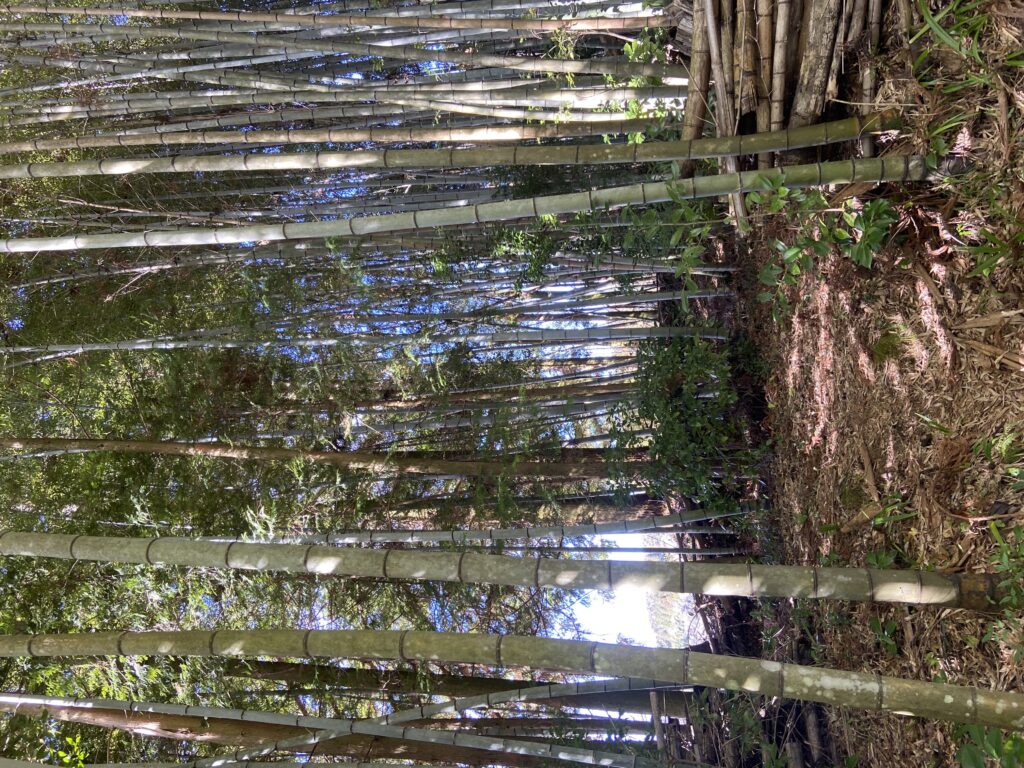
Nakasendo Trekking Tips
- While most, if not all, signage is in both Japanese and English, it is always helpful to know the kanji of the places and towns you are planning to visit along the way.
- Luggage forwarding services are available if you would like to do the whole trek without cumbersome luggage. Just drop your luggage at the tourist information center in Magome and tell them you’re headed to Tsumago (or vice versa)
- Book your guest houses early and plan your meals in advance, as many stores close early and open late. Luckily most guest houses offer breakfast and dinner options for an added fee.
- If hiking in the winter, it may be helpful to bring trekking poles to keep your balance on frozen-over trails.
- If you’re up for it, stop and talk to locals and shop owners. Everyone is so kind and welcoming.
- If hiking in the warmer season, take advantage of the bells along the route to let any passing bears know of your presence. This helps avoid surprising any animals along the way!
Monica is the Head Editor of CONNECT and a second-year ALT based in the lush, but rural, Shikoku. She loves challenging hikes, anything sci-fi, and bowls of freshly popped popcorn.
Kiso Ontake Tourism Office Official Site
Travel Japan (Japan National Tourism Organization)
Tateba Tea House Details / Explore| Japan Travel by NAVITIME




